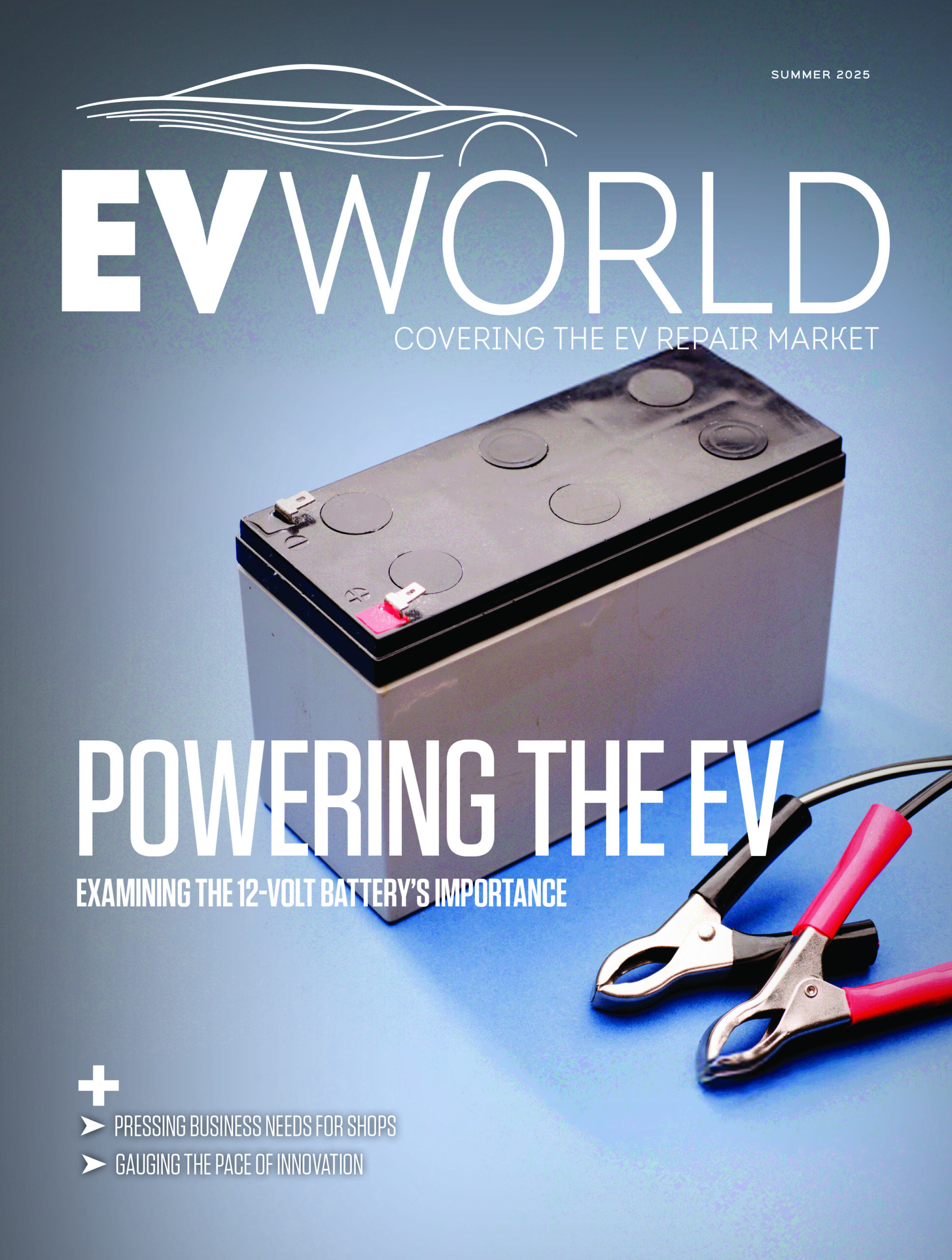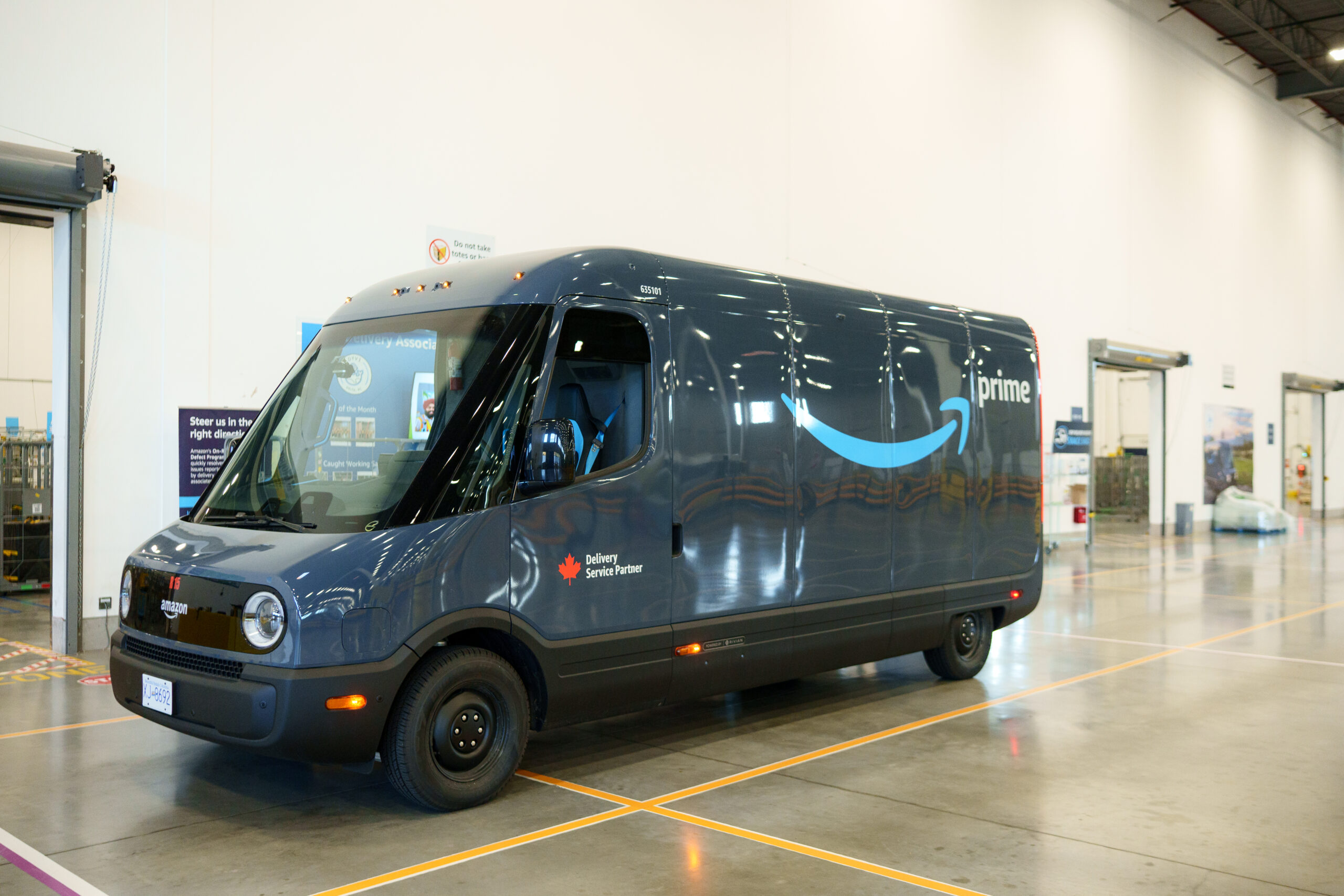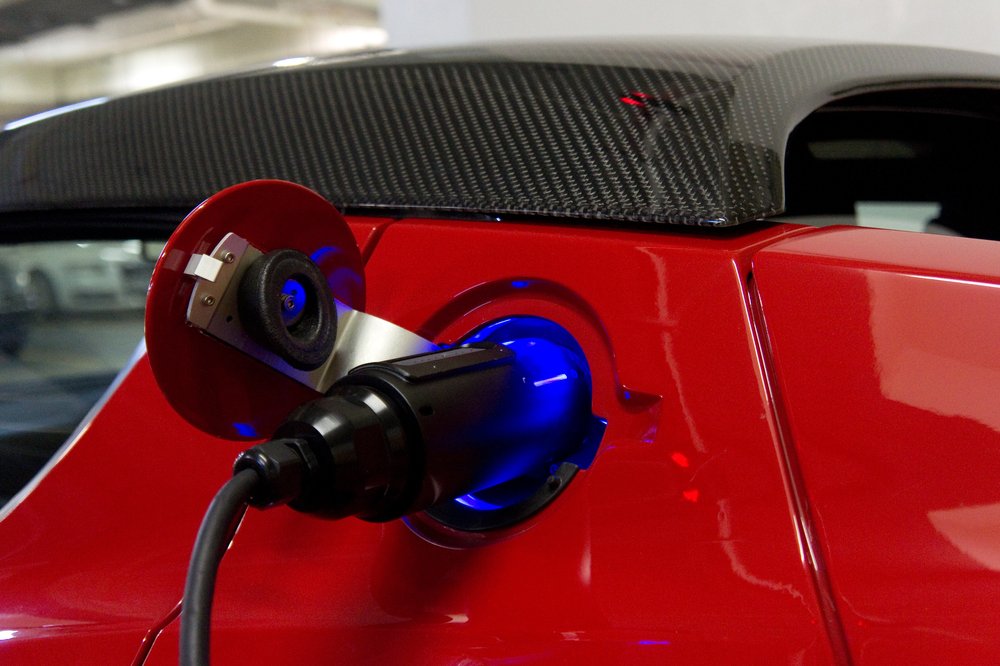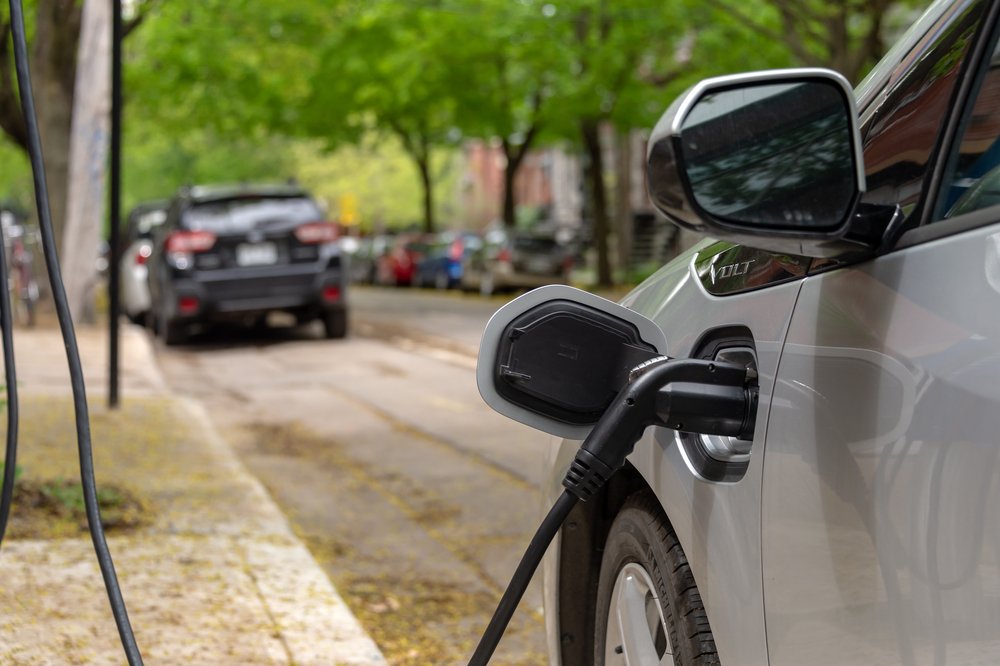
The effects of tariffs and incentive programs on the Canadian EV industry
The electric vehicle industry in Canada has been influenced by several factors, including government incentives and recent international trade policies. The suspension of federal EV rebates and the imposition of tariffs have significant implications for both the purchase and maintenance of EVs in the country.
In January 2025, Transport Canada announced the pause of the Incentives for Zero-Emission Vehicles (iZEV) Program due to the exhaustion of available funds. Since its inception in 2019, the iZEV Program has been instrumental in promoting EV adoption by offering rebates of up to $5,000 for eligible vehicles. More than 546,000 vehicles benefited from this program, contributing to an increase in the zero-emission vehicle market share from 3.1 per cent in 2019 to 11.7 per cent in 2023.
The sudden suspension of the rebate program has raised concerns among industry stakeholders. Joanna Kyriazis, director of public affairs at Clean Energy Canada, highlighted that the program’s “termination represents a big oversight” for both the growing EV industry and Canadians aiming to save on transportation costs. She emphasized that EVs offer substantial savings over time, with charging costs significantly lower than fuel expenses for gasoline-powered vehicles.
Considering the investment the Ontario and federal governments have made towards battery production and infrastructure, it’s concerning that incentives would be eliminated completely. In my last article, I highlighted the need for a strong used market and as more factors push new prices up it could move the needle on used sales as well as retaining EVs already in the market for a longer period.
In early 2025, the U.S. administration imposed a 25 per cent tariff on imports from Mexico and Canada, affecting various industries, including automotive. This policy change has led to significant price adjustments by automakers operating in Canada. Tesla, for instance, increased the prices of its popular models in Canada, with the Model 3 seeing a rise of up to $9,000 (approximately 13 per cent) and the Model Y up by $4,000 (6 per cent), effective February 1, 2025.
These adjustments coincide with the implementation of the new tariffs, which are expected to impact car parts pricing and, consequently, vehicle costs.
Similarly, Ford CEO Jim Farley acknowledged that the new tariffs could increase vehicle prices by about $3,000 each, adding $60 billion in extra costs to the industry. However, he noted that Ford’s extensive U.S. manufacturing operations, with 80 per cent of its vehicles sold in the U.S. produced domestically, provide a competitive edge over rivals more reliant on cross-border trade.
“I do believe in the end that it will lead to more EV owners retaining their EVs longer, putting greater emphasis on maintenance and the need for technician training.”
The combination of halted federal rebates and increased vehicle prices due to tariffs poses challenges for EV adoption in Canada. The absence of financial incentives and imposed tariffs may deter potential buyers, slowing the momentum gained in recent years. Additionally, higher upfront costs could disproportionately affect middle-income families in particular, making EVs less accessible to a broader population.
Tariffs can also influence the cost of EV parts, potentially increasing maintenance and repair expenses. Even with these scenarios, the financial model for many households still greatly supports the benefits of EV ownership.
I do believe in the end that it will lead to more EV owners retaining their EVs longer, putting greater emphasis on maintenance and the need for technician training.
What is strongly needed is for provincial governments to reassess their incentive programs to sustain EV adoption rates. For example, British Columbia reduced its rebate from $7,000 to $4,000 and plans to suspend its provincial rebate program at the time of writing this article, due to unprecedented demand depleting the fund.
When a program is working, it needs to be continued. Such measures underscore the need for coordinated efforts between federal and provincial authorities to ensure the continuity of support for EV buyers.
The current landscape presents both challenges and opportunities. While financial and trade policy shifts will impact the Canadian EV industry, it highlights the importance of developing robust domestic manufacturing capabilities and supply chains while we continue to build robust maintenance and other supportive infrastructure.
Investments in local production of EVs and components will mitigate the impact of international trade disputes and tariffs, ensuring stable pricing and supply for Canadian consumers.
David Mayers is chief executive officer at Environmental Motorworks, an innovative services company centred on providing hands-on EV and hybrid training to technicians and fleet operators in the automotive and heavy equipment sectors.
This article originally appeared in the Spring 2025 issue of EV World
Related Posts
Comments
-
As an EV owner, I’ve definitely felt the impact—tariffs can drive up costs, but incentives make adoption more realistic. Programs helped me switch sooner than I thought I could. Curious, how are these policies shaping local manufacturing and charging infrastructure growth in Canada?













Leave a Reply